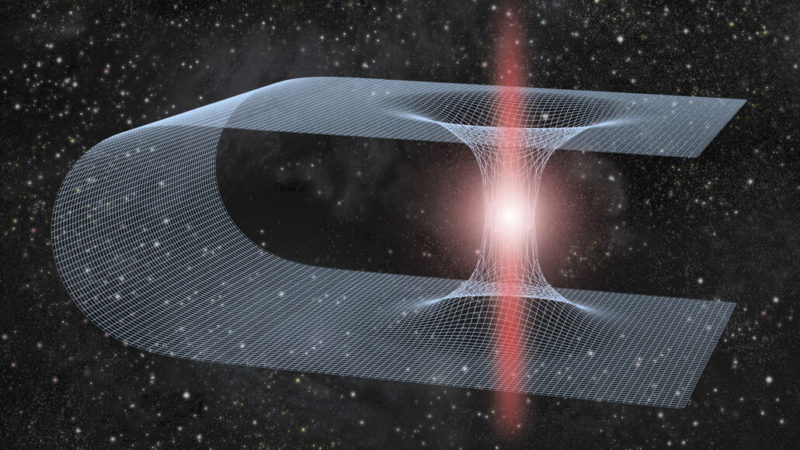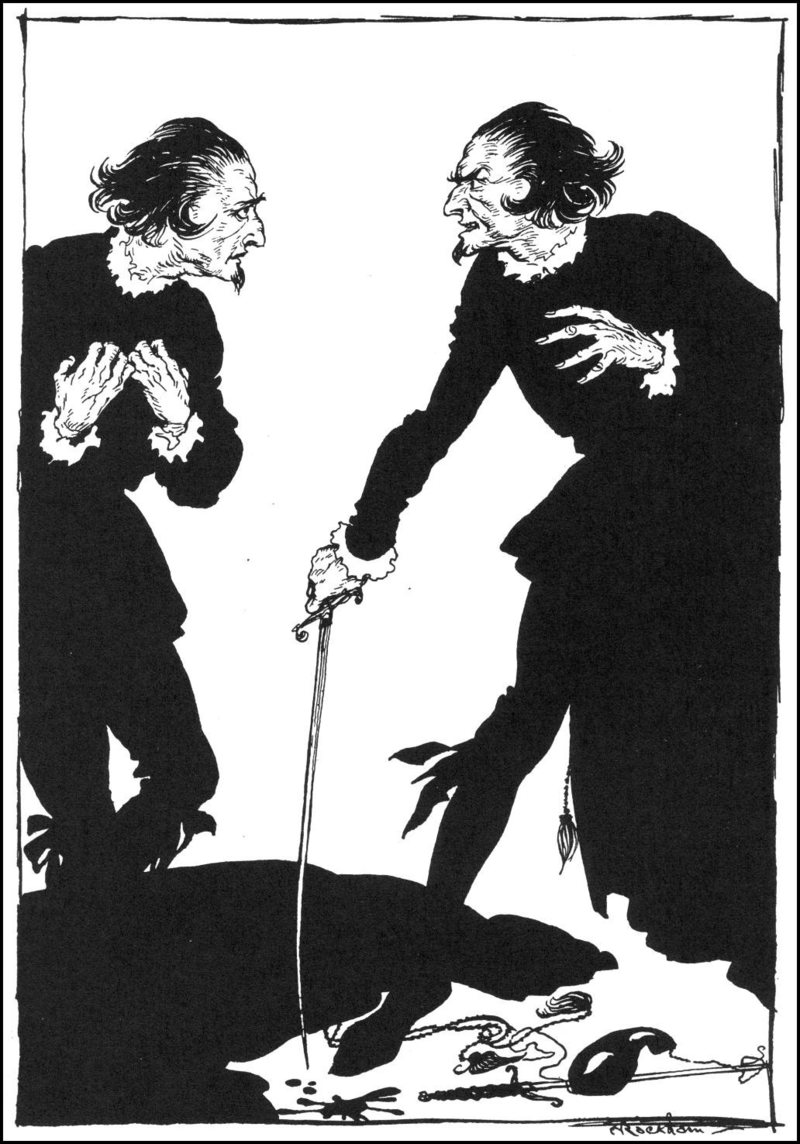THE SOUTHWORTH PLANETARIUM
207-780-4249 www.usm.maine.edu/planet
70 Falmouth Street Portland, Maine 04103
43.6667° N 70.2667° W
Altitude: 10 feet below sea level
Founded January 1970
Julian Date: 2459234.18
2020-2021: LXXIII
THE DAILY ASTRONOMER
Tuesday, January 19, 2021
Tuesday, January 19, 2021
Exploratorium IX: Is Time Travel Possible? Part II
"Wholly satisfied with all that transpired, Professor Vendelinus sighed contentedly, took a bite from the apple he'd been saving since next week and then smiled, for he finally felt at peace with the Universe."
The previous passage was the entirety of a science fiction story. The protagonist, Professor Vendelinus, had initially encountered all manner of enemies and obstacles in an effort to obtain Earth's last known Red Delicious apple. In the end, the only way to thwart his adversaries from acquiring it was to propel it into the future, retrieve it, and then return to the present. Of course, being an inveterate time traveler, he decided to completely undo almost everything that had happened to prevent the apple's acquisition in the first place. Ultimately, the entire adventure was reduced to him eating the apple because he adroitly undid all that happened or, due to his intervention, didn't happen at all.
When we discuss time traveling, we generally mean the sort of travel of which the crafty Professor Vendelinus is capable. The topic of today's and last Wednesday's Exploratorium pertains to this mode of hyper-Euclidean space-time locomotion.
We already established that we are all space-time travelers. Even by sitting there reading this sentence, you have moved a few seconds through time as well as 2 miles around the rotating Earth, 180 miles around the Sun and 1430 miles around the galactic nucleus. Nobody can remain stationary in space or time for even an instant.
Yet, is it possible to accelerate or decelerate through time? On Wednesday we discussed the concept of the Alcubierre Drive, a hypothetical device capable of attaining superluminal velocities by simultaneously constricting forward space while expanding backward space. The tricky issue with this vessel is that it would require the presence of exotic matter, or matter with negative mass. If exotic matter doesn't actually exist, the Alcubierre Drive cannot be manufactured.
We next introduce the most famous time travel concept in all of science and science fiction: the worm-hole, or, technically the "Einstein-Rosen Bridge." "Discovered" by Albert Einstein and Israeli physicist Nathaniel Rosen, this bridge is a theoretical construct attached to black holes.

Could this sort of passageway convey a traveler from one point in space-time to a far more remote point? The image above provides an illustration of this concept. Imagine two points, each at opposite ends of a large sheet of paper. The separation distance between these points is considerable. However, if one could fold the sheet in such a way as to make the two points touch, then the distance between them would be much reduced, perhaps even to zero. Traveling through a wormhole would allow astronauts to traverse immense distances in a brief amount of time despite the speed-of-light barrier.
The wormhole solution seems quite promising. A couple of drawbacks. however. First, the nearest black hole to our solar system might be located within the HR 6819 system about 1,000 light years away in the direction of the Telescopium constellation. Human astronauts haven't traveled more than 1.2 light seconds from Earth. (Here we are referring to the Apollo astronauts who visited the moon in the late 60's and early 70's. ) We have to ascend quite a few tech levels before we're able to reach the nearest known black hole. (Yes, others might be closer.)
Well, fine, even if it isn't possible for humans to reach this black hole right now,
would it be possible to use a black hole to access a wormhole? A black hole's tidal forces present an intractable problem. Any astronaut approaching the black hole would literally be ripped apart into his/her component sub-atomic particles in a process playfully dubbed "spaghettification."
As if that were not enough of a barrier, quantum theory suggests that such Einstein-Rosen bridges could actually collapse if anything were to actually enter them. The only way to stabilize such a tunnel would be with the introduction of negative energy density to create negative spatial curvature. Yet, like exotic matter (matter with negative mass), such negative energy densities might exist and could be impossible to create. The nonexistence of negative energy densities would preclude the stabilization of worm-holes.
The crux of the situation is that time travel MIGHT be possible if exotic matter or negative energy density exists. Even then, the construction of time vessels would require inordinate amounts of time and energy and the resultant vessel might be capable of transporting micro-particles only fractions of a second in either time direction. In other words, you wouldn't be able to leap back in time and do anything to disrupt the time flow during the administration of President McGovern.
So, while we're not saying no to your TARDIS fantasties, we are stating that the issue isn't resolved and probably won't be for quite some time to come.
To subscribe or unsubscribe from the Daily Astronomer:
